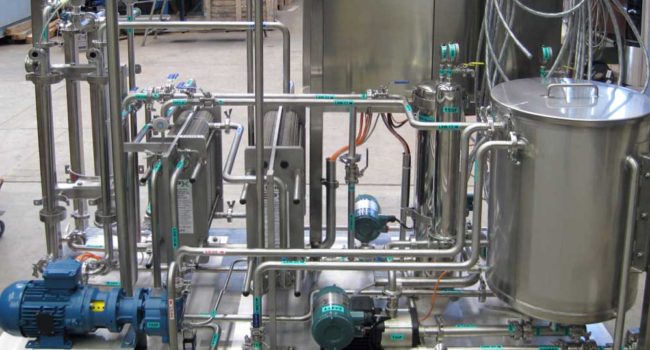Sanitary fittings were well developed and are widely used because they are cleanable; either by dismantling a system and manually cleaning it or using a CIP (clean in place) process. They limit entrapment areas where bacteria could form or harbor. They are also corrosion resistant. Additionally, sanitary fittings do not contain any pockets, threading, or tight bends. This design specification is meant to eliminate the areas that are difficult to clean. Occasionally materials being processed will interact with stainless steel, potentially causing them to corrode and eventually fail. For this reason, sanitary fittings are available in specific stainless steel alloys to make sure they can handle more demanding processing environments.…
